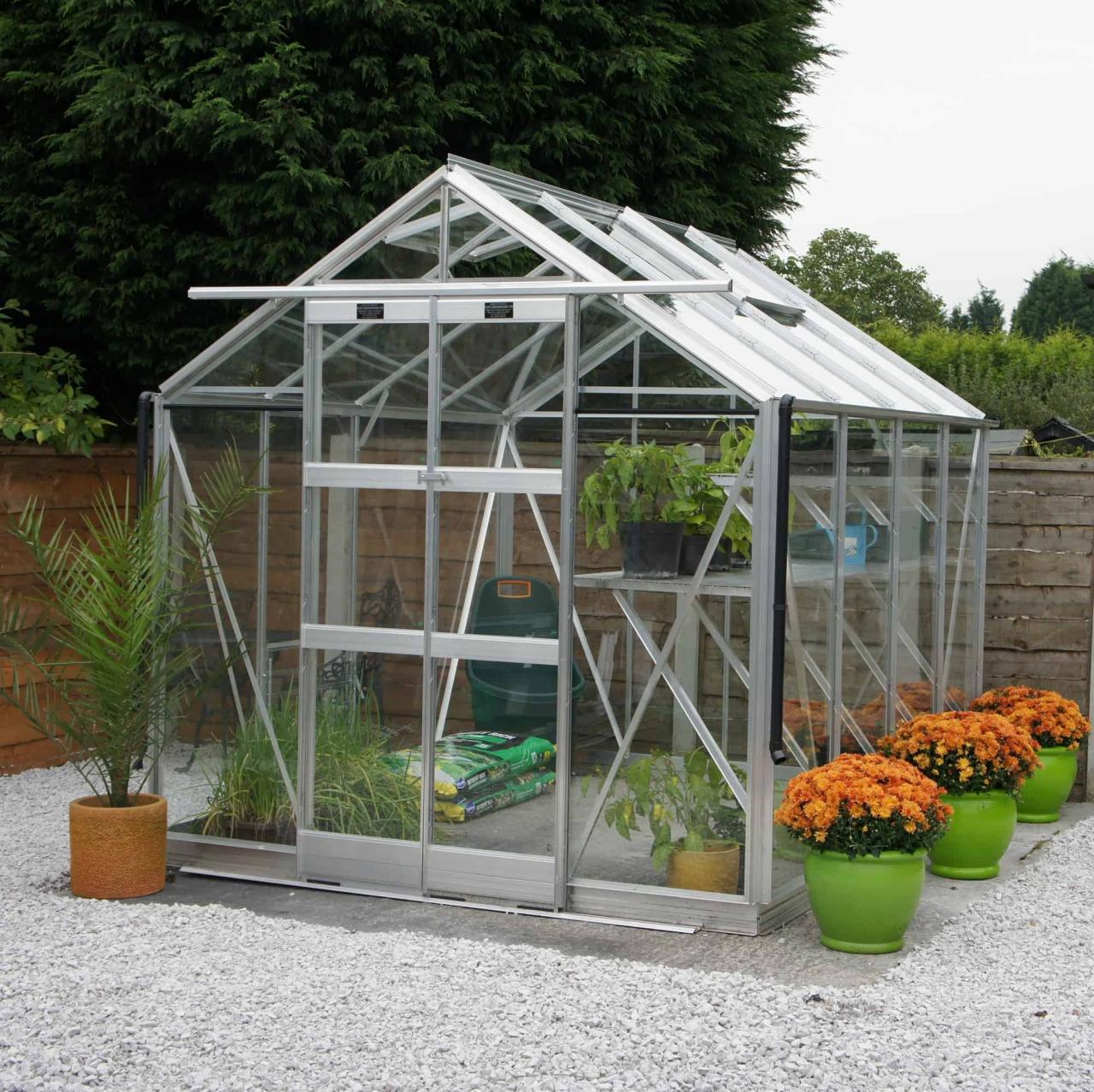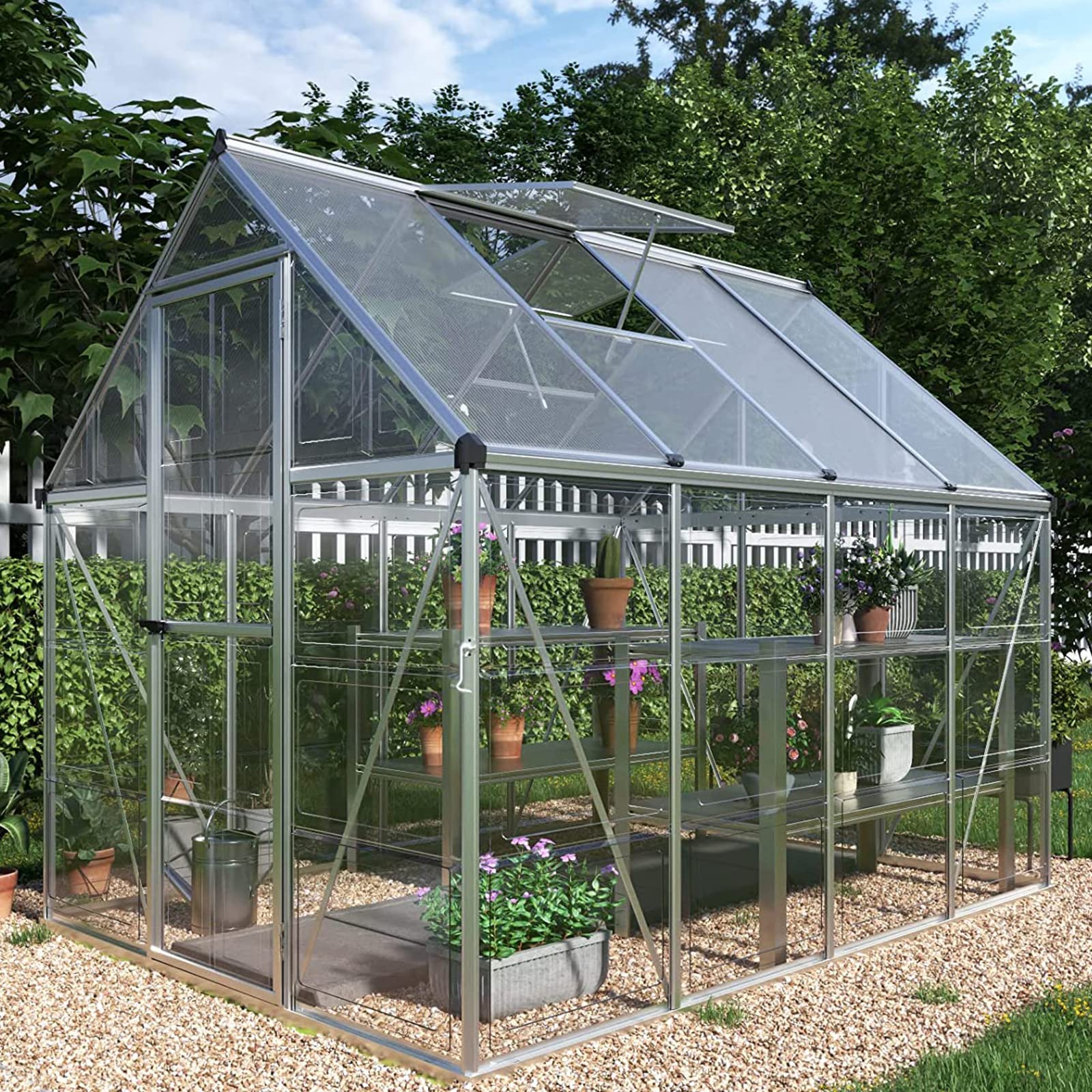The global greenhouse industry is experiencing a transformative period, driven by a confluence of factors including escalating food demand, climate change pressures, technological breakthroughs, and a growing consumer preference for locally sourced, fresh produce. Far from being merely a protective shell for plants, modern greenhouses are sophisticated agricultural ecosystems, leveraging cutting-edge science and engineering to optimize yields, conserve resources, and extend growing seasons. This article delves into the latest news and trends shaping this dynamic sector, highlighting innovation, market shifts, and the ongoing quest for sustainable growth.
The Technological Revolution: Smarter Growing for a Smarter Future
One of the most significant narratives in the greenhouse industry today is the relentless march of technology. Growers are increasingly adopting advanced solutions to enhance efficiency, reduce costs, and improve crop quality.
1. Artificial Intelligence and Automation: AI is no longer a futuristic concept but a practical tool in modern greenhouses. AI-powered systems are being used for:
- Predictive Analytics: Analyzing vast datasets (temperature, humidity, light, CO2, nutrient uptake) to predict plant growth, disease outbreaks, and optimal harvest times, allowing growers to make proactive adjustments.
- Automated Climate Control: AI algorithms fine-tune environmental parameters in real-time, creating ideal conditions for specific crops, leading to significant energy savings and yield improvements.
- Robotics: From autonomous guided vehicles (AGVs) transporting plants and produce, to robotic harvesters and precision sprayers, automation is addressing labor shortages and improving operational efficiency. Companies like Priva, Hoogendoorn Growth Management, and various start-ups are at the forefront of these innovations.
2. Advanced LED Lighting Systems: The evolution of LED technology continues to revolutionize supplemental lighting.
- Dynamic Spectrum Control: New LED fixtures offer tunable light spectra, allowing growers to adjust specific wavelengths (e.g., red, blue, green, far-red) to influence plant morphology, photosynthesis, and even nutrient content at different growth stages. This precision lighting can optimize flavor profiles and accelerate growth cycles.
- Energy Efficiency: LEDs are significantly more energy-efficient than traditional HPS (High-Pressure Sodium) lamps, leading to substantial reductions in electricity costs – a critical factor given rising energy prices.
- Vertical Farming Integration: LEDs are indispensable for vertical farms, a subset of controlled environment agriculture (CEA) often integrated within greenhouse operations or as standalone indoor farms, maximizing space utilization in urban areas.
3. Sensor Technology and IoT (Internet of Things): The proliferation of smart sensors has transformed data collection in greenhouses.
- Environmental Monitoring: Sensors continuously monitor microclimates, soil moisture, nutrient levels, and even plant physiological responses.
- Real-time Data: This real-time data is fed into centralized platforms, often cloud-based, allowing growers to monitor conditions remotely and intervene swiftly if deviations occur. This proactive approach prevents potential issues before they impact crop health.
4. Hydroponics, Aeroponics, and Aquaponics: While not entirely new, these soilless cultivation methods are constantly being refined.
- Hydroponics: Dominant in many greenhouse operations, offering precise nutrient delivery and significant water savings.
- Aeroponics: Misting plant roots with nutrient-rich solutions, further reducing water usage and potentially increasing oxygenation.
- Aquaponics: Integrating aquaculture (fish farming) with hydroponics, creating a symbiotic system where fish waste provides nutrients for plants. These systems are gaining traction for their dual output and resource efficiency.
Sustainability at the Forefront: A Green Revolution
Sustainability is no longer a buzzword but a core operational philosophy for many in the greenhouse industry. Addressing environmental concerns is crucial for long-term viability and meeting consumer expectations.
1. Energy Efficiency and Renewable Energy:
- Combined Heat and Power (CHP): Many large greenhouses utilize natural gas-fired CHP plants, generating electricity for lighting and heat for climate control, with CO2 emissions often captured and used for plant enrichment.
- Geothermal and Biomass: A growing number of facilities are exploring geothermal energy and biomass boilers to reduce reliance on fossil fuels, especially in regions with favorable geological conditions or access to sustainable biomass sources.
- Advanced Glazing and Insulation: Innovations in greenhouse cladding materials (e.g., diffuse glass, double-layer films, polycarbonate) are improving light transmission while significantly reducing heat loss, thereby cutting heating costs.
2. Water Conservation:
- Closed-Loop Irrigation Systems: Most modern greenhouses employ closed-loop systems that collect and recirculate irrigation runoff, minimizing water waste and nutrient leaching. This can reduce water consumption by up to 90% compared to traditional field farming.
- Rainwater Harvesting: Collecting and storing rainwater for irrigation is a common practice, further decreasing reliance on municipal or well water sources.
3. Biological Pest Control and Integrated Pest Management (IPM):
- Beneficial Insects: The use of natural predators and parasitoids to control pests is a cornerstone of sustainable greenhouse management, significantly reducing the need for chemical pesticides.
- Biopesticides: Botanical and microbial pesticides offer targeted, environmentally friendly alternatives to synthetic chemicals.
- Scouting and Monitoring: Advanced scouting techniques and digital monitoring help identify pest issues early, allowing for precise and minimal intervention.
Market Dynamics and Investment Trends
The greenhouse industry is attracting significant investment, driven by its potential to address global food security challenges and provide high-quality produce.
1. Growth of High-Value Crops:
- Berries: Year-round availability of fresh strawberries, blueberries, and raspberries is a major driver, fetching premium prices.
- Tomatoes and Cucumbers: Remain staple crops, with continuous innovation in varieties for flavor, shelf life, and disease resistance.
- Leafy Greens and Herbs: The demand for fresh, clean, and locally grown lettuce, spinach, basil, and other herbs is booming, fueling the expansion of both traditional greenhouses and vertical farms.
- Cannabis and Medicinal Plants: The legalization of cannabis in various regions has spurred massive investment in high-tech greenhouses optimized for its cultivation, creating a significant niche market.
2. Investment and Consolidation:
- Venture Capital and Private Equity: Investors are pouring capital into innovative greenhouse start-ups and established players, particularly those leveraging AI, automation, and sustainable practices.
- Consolidation: Larger horticultural companies are acquiring smaller growers or technology providers, leading to market consolidation and economies of scale. This trend is evident in North America and Europe.
3. Consumer Preferences:
- Local and Fresh: Consumers are increasingly prioritizing locally grown produce for its freshness, reduced carbon footprint (due to shorter supply chains), and perceived higher quality. Greenhouses, particularly those located near urban centers, are perfectly positioned to meet this demand.
- Traceability and Transparency: Consumers want to know where their food comes from and how it’s grown. Greenhouse operations, with their controlled environments and meticulous record-keeping, can offer unparalleled traceability.
Addressing Key Challenges
Despite its rapid growth, the greenhouse industry faces several significant hurdles.
1. Energy Costs: Fluctuating and often rising energy prices remain a major concern, particularly for operations reliant on natural gas or grid electricity for heating and lighting. This drives the push for renewable energy and energy efficiency.
2. Labor Shortages: Finding and retaining skilled labor is a persistent challenge. This is a primary motivator for investing in automation and robotics.
3. Capital Investment: Establishing a modern, high-tech greenhouse requires substantial upfront capital. While ROI can be attractive, securing financing remains a barrier for some.
4. Market Saturation (for some crops): In certain regions, the rapid expansion of greenhouse capacity, particularly for staple crops like tomatoes, can lead to temporary market saturation and price pressures. Diversification into niche or high-value crops helps mitigate this.
5. Climate Change Impact: While greenhouses offer protection, extreme weather events (e.g., prolonged heatwaves, severe storms) can still pose challenges to infrastructure and energy consumption.
Geographic Expansion and Regional Hubs
The greenhouse industry is expanding globally, with significant activity in new regions.
- North America: Canada and the US are seeing massive growth, driven by consumer demand, cannabis legalization, and investment in sustainable food production.
- Europe: The Netherlands remains a global leader in greenhouse technology and production, but countries like Spain, France, and Germany are also expanding their capacity.
- Middle East: Facing acute water scarcity and harsh climates, Gulf nations are investing heavily in greenhouses and vertical farms to bolster food security.
- Asia: China, Japan, and South Korea are rapidly adopting advanced greenhouse technologies to improve agricultural output and quality.
The Future Outlook: Resilient, Innovative, and Essential
The greenhouse industry is poised for continued robust growth. It stands at the intersection of agriculture, technology, and sustainability, offering viable solutions to some of the world’s most pressing challenges. From feeding a growing global population to mitigating the impacts of climate change on food production, controlled environment agriculture is proving its resilience and adaptability.
The ongoing commitment to research and development, coupled with strategic investments and a focus on environmental stewardship, will further solidify the greenhouse industry’s role as a cornerstone of modern food systems. As consumers increasingly demand fresh, nutritious, and sustainably grown produce, the innovative world under glass will continue to flourish, pushing the boundaries of what’s possible in horticulture. The news from this sector will undoubtedly remain dynamic, exciting, and crucial for our collective future.

